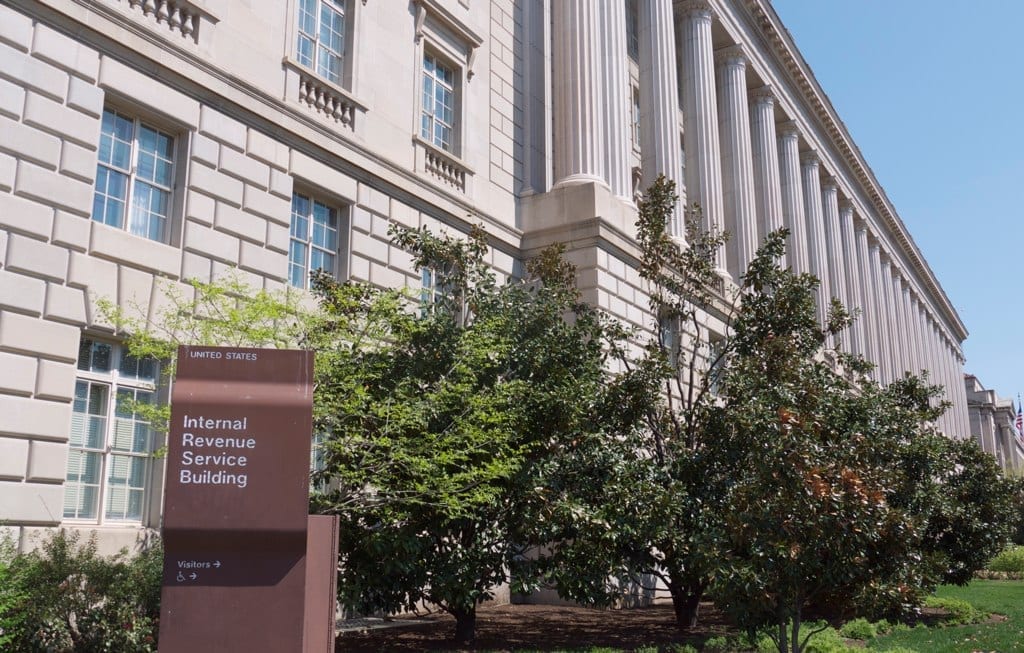A new report is questioning the IRS’s practice of seizing the bank accounts of small businesses that had been suspected of money laundering.
A new report issued by the Treasury Department’s Inspector General is questioning the Internal Revenue Service’s practice of seizing the bank accounts of small businesses that had been suspected of money laundering. The report suggests that during the three year period between 2012 and 2015, the IRS was seizing money with no evidence of wrongdoing. The money would not be returned to the business owners without the IRS taking a portion.
There was over $17 million dollars taken from the owners in total, and many were found innocent of any criminal activity. In order to get the money due back to them, however, they were offered either a lesser amount or forced to fight it out in court, incurring costly fees. For those business owners without sufficient credit, or other assets, fighting for the return of their money was simply not possible. One business owner who was interviewed in the investigation stated that the IRS offered to return all of the funds except for $40,000. The owner declined, and chose to instead retain a forensic accountant for $20,000. Only after that point did the company receive all their money back.
Money laundering involves individuals or businesses deliberately ensuring that their bank deposits and withdraws from accounts stay below a bank’s required mandatory reporting threshold, which by law is any transaction in excess of $10,000. The Eighth Amendment to the U.S. Constitution requires that penalties in a civil forfeiture case be proportionate to the conduct and serve to limit what the Government can forfeit depending on the facts of the particular case.

When complaints were published in 2014 about seizures of property without sufficient evidence of a crime, the Treasury Inspector General for Tax Administration (TIGTA) undertook an audit to determine exactly how these seizures were being conducted, what procedures the IRS used, and whether those procedures were fair. TIGTA determined that 91 percent of the 278 investigations in its sample where source of funds could be determined were of businesses and individuals whose funds were obtained legally. These individuals or businesses had legitimate accounts and were not engaged in criminal activity. It was also discovered that the Criminal Investigation (CI) division generally relied on the pattern of currency transactions rather than initially seeking information from the business owners. According to owners interviewed, oftentimes IRS agents did not identify themselves properly, did not explain the purpose of the interviews, did not advise property owners of any rights they might have, and told them they had committed a crime by the end of the interrogation.
CI changed its policy in October of 2014, so it would only pursue illegal source income in structuring cases unless there are “exceptional circumstances”. Process changes were implemented to help improve the search and seizure program. However, the TIGTA investigation found specific inconsistencies with the policy changes. “Criminal Investigation has now made important improvements to this program; however, the IRS should ensure that protections are in place so that people have rights and that innocent people do not feel compelled to settle a civil forfeiture matter under the pressure of possible criminal prosecution,” said J. Russell George, the Treasury Inspector General for Tax Administration.
Sources:
IRS Confiscated Millions from Innocent Small Business Owners


Join the conversation!